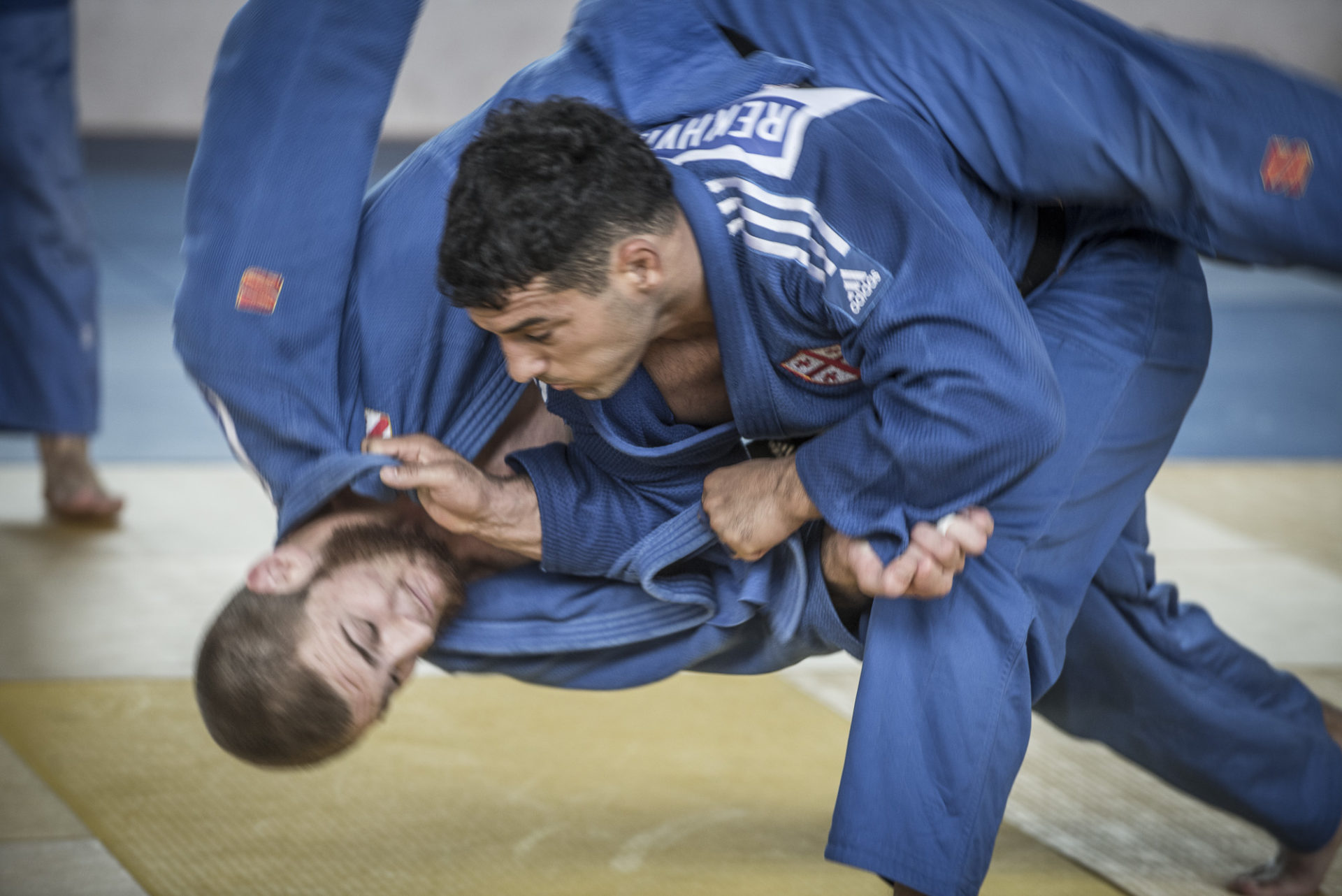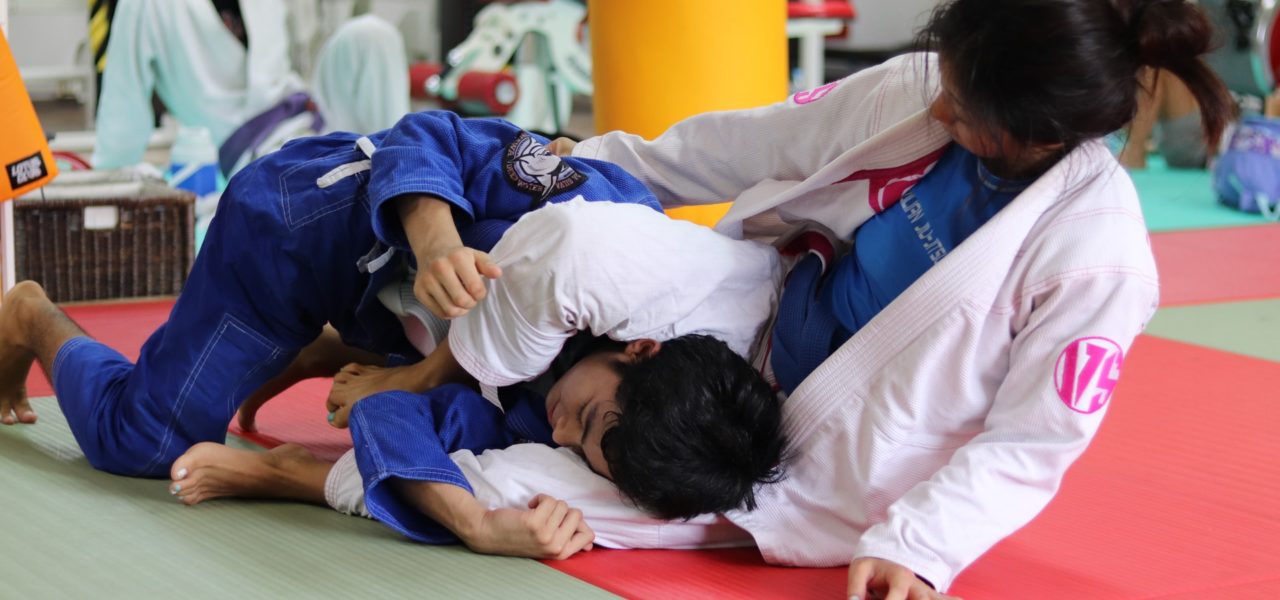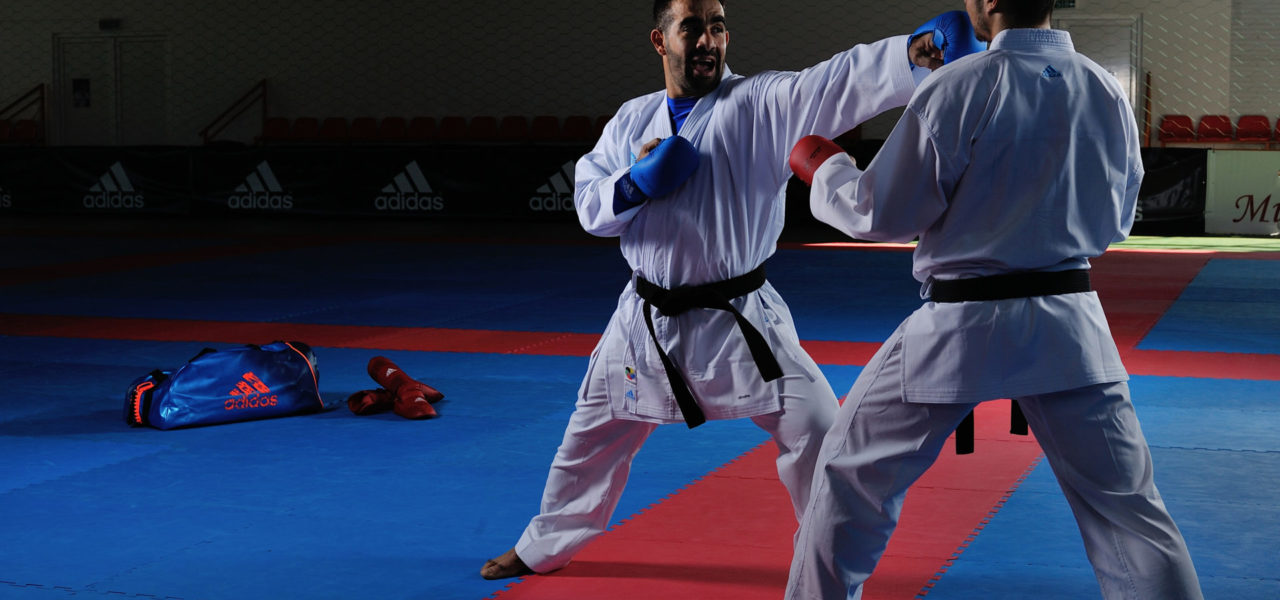Your cart is currently empty!
Grading in Judo: how it works, belts and evolution
Table des matières
Judo belts and ranks
History
Judo grades originate from a classification established in the 17th century. Originally, it was used to indicate the handicap of Go players. This classification then extends to certain Japanese arts such as Ikebana (the art of flower arranging). It’s a traditional hierarchical system that Jigaro Kano adopted to validate the knowledge acquired by judokas as they passed through the judo ranks.
Originally, judo grades were subdivided into “Kyu” and “Dan”. Kyu are counted in descending order, while Dan are counted in ascending order.
It wasn’t until around 1930 that the color belts we know today appeared in England (before spreading to the rest of the world) thanks to Genji Koizumi. They then symbolize the Kyu :
- Roku-kyu (6th kyu) corresponding to the white belt;
- Go-kyu (5th kyu) corresponding to the yellow belt;
- Yon-kyu (4th kyu) corresponding to the orange belt;
- San-kyu (3rd kyu) corresponding to the green belt;
- Ni-kyu (2nd kyu) corresponding to the blue belt;
- Ichi-kyu (1st kyu) corresponding to the brown belt.
For some time now, intermediate belts have been added for children under 12 (white/yellow, yellow/orange, orange/green and green/blue).
The higher grades are called Dan and are also represented by different colors:
- Black for 1st to 5th Dan ;
- White and red for 6th to 8th Dan ;
- Red for 9th to 10th Dan.
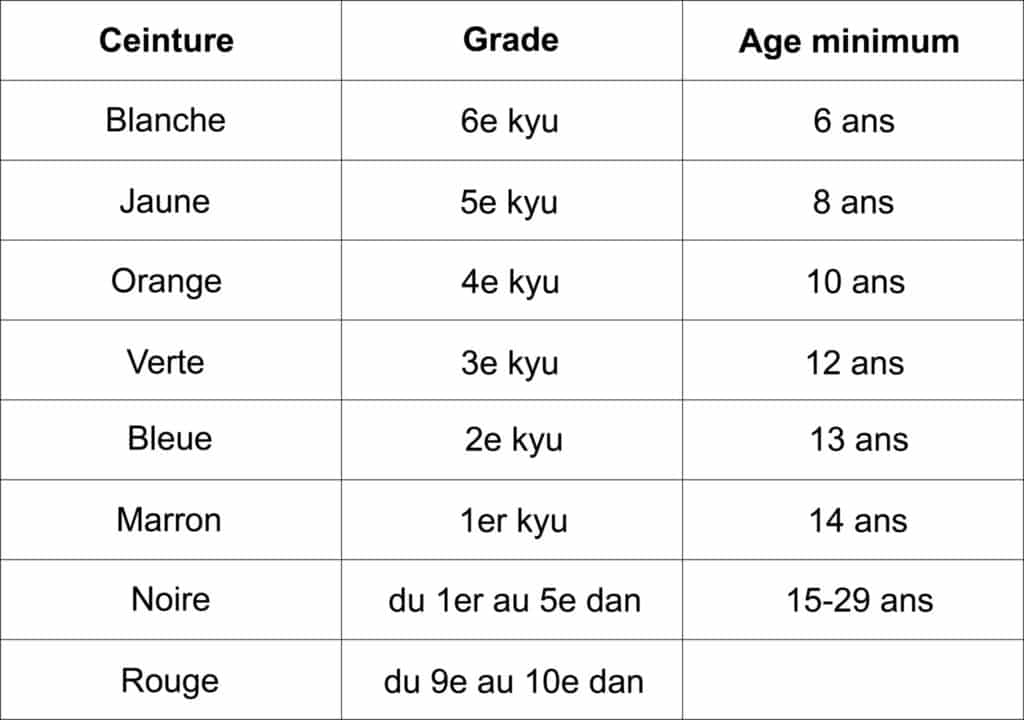
Principle of grade evaluation in judo :
Judo grades represent the attainment of values of mind and body composed of :
- Shin: representing the practitioner’s mind and spirit;
- Gi: representing the technical level;
- Tai: the body or physical value of the judoka (which can also be the sporting value).
These elements are sanctioned not only by the presentation of the techniques required for each level, but also by the attitude, respect for etiquette, knowledge of the terms specific to Judo and the practitioner’s assiduity.
What’s more, there must be a certain time lapse between each grade change. This period corresponds to the maturation of the judoka’s skills. Finally, a minimum age is required for each grade.
The technical level will be judged on the accuracy of the gesture, its efficiency and control. The mental level, meanwhile, will depend on attitude, sincerity in technical involvement and respect for etiquette.
Specific techniques required for each Judo grade.
For the colored belts attached to your judo kimono, the grading is carried out by the member’s club.
The exam begins with vocabulary questions (e.g. what does “Moroté” or “Baraï” mean) and general discipline questions.
The aspirant must then demonstrate the techniques acquired, both in terms of projections(Nage-waza or Tashi-waza) and immobilization techniques(Osae-komi-waza or Ne-waza).
From a certain level upwards, learners must also demonstrate their knowledge of katas.
From 1st Dan onwards, the examination must be presented before the federation’s grade jury.
Up to 4th Dan, there are two possible paths:
- The “technical” route;
- The “individual competition” route.
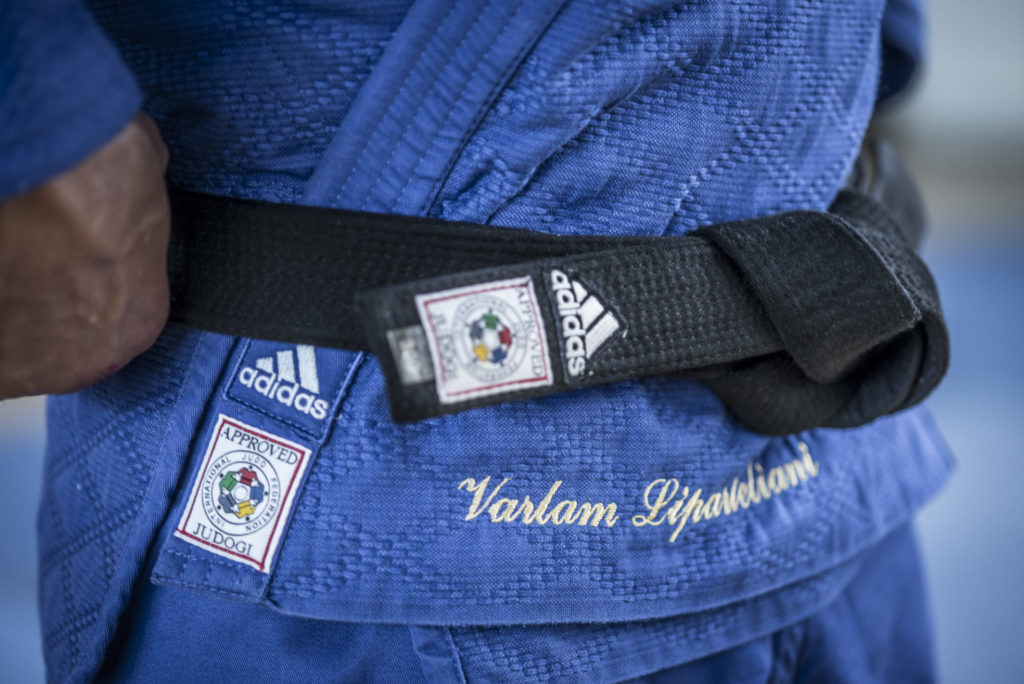
As an example, we detail here the 1st Dan exam.
Technical track :
There are prerequisites for promotion. These depend on the number of “shiai ” points obtained (official competitions), age and time elapsed since the brown belt grade.
The prerequisites are knowledge of the timing rules, answers to 10 questions drawn at random from those established by the commission and the ability to fill in a double repechage table.
Competition :
The prerequisites here are different. The aspirant will be at least 15 years old at the time of the grade and must be recognized as an “A” athlete by the Sports Unit.
The examination itself is then common to both routes. First, the candidate presents kata (here, those from the first three groups of Nage-No-Kata) as Tori (the one performing the exercise) and Uke (the one undergoing the exercise).
The aspirant then presents Nage-Waza techniques in Uchi-komi and Nage-Komi, as well as 6 techniques from the first two Kyu of the Gokyo (Judo’s set of 40 throwing techniques).
Finally, the exam concludes with Katame-Waza techniques, i.e. the execution of the fundamental movements and two of their variants.
From the 6th Dan upwards, examinations will focus more on the presentation and demonstration of techniques, with an emphasis on the pedagogical aspect, as well as on merit criteria for the valorization of Judo, its culture or sporting achievements.
Even if passing a grade in judo can seem daunting and intimidating, our teachers are friendly and always put you at ease. A grade is always an achievement and a reward for hard work and effort. But let’s not forget that it’s never an end in itself, and that each grade is just another step in your knowledge of this beautiful martial art.
Do you need equipment to start practicing judo? Daisho is the partner of martial arts enthusiasts. Choose from our wide range of products!

